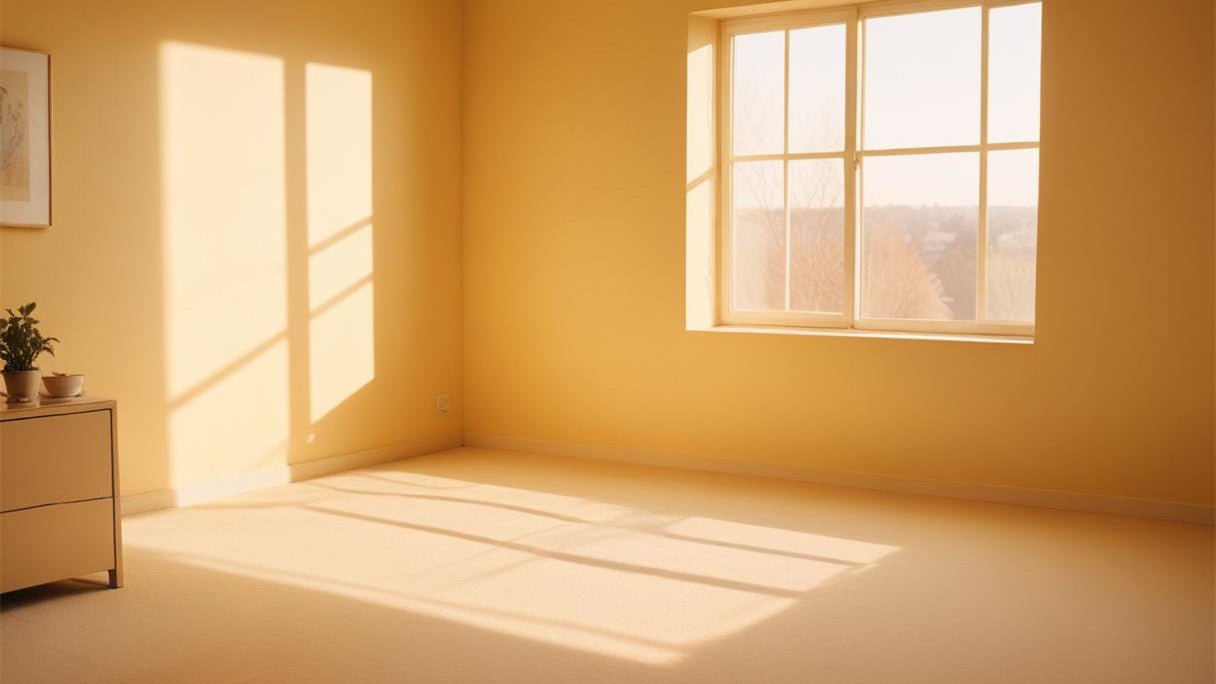When selecting lighting for your home or workplace, the impact on eye health is a crucial consideration. One common option that often comes up in discussions about eye-friendly lighting is 3000K light. But is 3000K light actually good for your eyes? To answer this question, it's important to understand what 3000K light is and how it interacts with our vision.
Understanding 3000K Light
3000K light refers to the color temperature of the light, measured in Kelvins (K). The Kelvin scale is used to describe the hue of a light source, ranging from warm to cool tones. 3000K light falls within the "warm white" spectrum, which produces a soft, yellowish glow similar to that of a traditional incandescent bulb. This warm hue is often associated with a cozy and inviting atmosphere, making it a popular choice for residential settings such as living rooms, bedrooms, and dining areas.
The Impact of 3000K Light on Eye Health
When it comes to eye health, the color temperature of the light plays a significant role. 3000K light is generally considered to be eye-friendly for several reasons:
- Reduced Eye Strain: The soft, warm glow of 3000K light is gentle on the eyes, reducing the risk of eye strain. Unlike higher color temperatures (such as 5000K or 6500K), which produce a cooler, bluer light, 3000K light minimizes the harshness that can lead to discomfort during prolonged exposure. This makes it an excellent choice for areas where people spend extended periods, such as living rooms, offices, or bedrooms.
2. Improved Relaxation: The warm tone of 3000K light promotes relaxation by creating a soothing environment. This can be particularly beneficial in spaces where you want to unwind or prepare for sleep. Exposure to cooler, blue-toned lights before bedtime can disrupt your circadian rhythm and interfere with sleep, whereas 3000K light helps signal to your body that it's time to relax, supporting a more natural sleep cycle.
3. Balanced Brightness: 3000K light provides adequate brightness without being overpowering. This balance is crucial for maintaining visual comfort, especially in environments where you need both functionality and comfort. The warm tone of 3000K light is bright enough to illuminate a space effectively while still being easy on the eyes, making it suitable for a variety of settings.
4. Versatility: 3000K light is versatile enough to be used in different areas of the home or office. Whether you're reading, working, or simply relaxing, 3000K light provides the right level of illumination without causing visual fatigue. This flexibility makes it a preferred choice for many lighting applications, as it can be adapted to various activities without compromising eye comfort.

3000K Light vs. Other Color Temperatures
To better understand whether 3000K light is good for your eyes, it's helpful to compare it with other common color temperatures:
- 2700K Light: This is even warmer and more yellow than 3000K light, closely resembling the light from a traditional incandescent bulb. While it is also gentle on the eyes, it can sometimes be too warm for tasks that require more focused lighting.
- 4000K Light: Moving into the neutral white range, 4000K light is cooler and brighter than 3000K light. While it is more suitable for task-oriented spaces like kitchens or offices, it can be slightly harsher on the eyes compared to 3000K light.
- 5000K-6500K Light: These color temperatures fall into the daylight or cool white range. While they are excellent for spaces that require high visibility and focus, such as workshops or garages, they can cause more eye strain, especially in the evening, due to their higher blue light content.The Hykoont bd006 solar street light features a color temperature of 6500K. The 6500K light closely mimics natural daylight, making it ideal for streets, parking lots, and public areas where clear, vibrant lighting is essential. With its durable aluminum construction and powerful solar technology, the BD006 offers long-lasting, maintenance-free operation.
Conclusion: Is 3000K Light Good for Eyes?
In conclusion, 3000K light is indeed good for the eyes. Its warm, inviting glow is gentle and reduces the risk of eye strain, making it a suitable choice for environments where comfort and relaxation are prioritized. Whether you're reading, working, or winding down after a long day, 3000K light offers the perfect balance of brightness and warmth to support visual comfort. Compared to cooler light temperatures, 3000K light is less likely to cause discomfort or interfere with your natural sleep cycle, making it a smart choice for eye-friendly lighting.
If you're looking to create a comfortable and eye-friendly environment, 3000K light is a reliable and effective option. Its versatility and gentle illumination make it a popular choice for homes and workplaces alike, ensuring that your lighting not only enhances your space but also promotes your overall well-being.


































Leave a comment
This site is protected by hCaptcha and the hCaptcha Privacy Policy and Terms of Service apply.